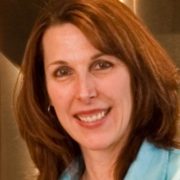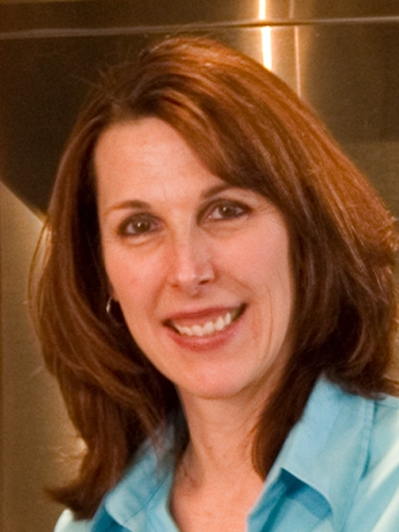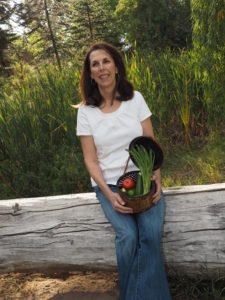Aristotle and Your “Curve of Happiness”

I hope you don’t think I have a big-word fetish. Last week I dumped a doozy on you with “oligodencrocytes.” Judging from the positive response and zero unsubscribes from last week, I’m sensing you have a tolerance level for an occasional esoteric linguistic trip.
Assuming so, let’s go on another one. This time, I’m going to invoke a really old friend of all of us – Aristotle, he of Greek legend and fame and one with considerable currency on the personal development front.
Before I dive in too deep, let me confess that I’m drawing much of today’s content from a fabulous book that fell in my path recently entitled “Life Reimagined: The Science, Art, and Opportunity of Midlife” by veteran NPR journalist and correspondent Barbara Bradley Hagerty.
If you invest in it, I think you will enjoy the trip, especially through chapter five entitled “It’s the Thought That Counts.” It was in that chapter that Aristotle resurfaced.
 Thinking about your thinking
Thinking about your thinking
Apparently the Greeks thought a lot about thinking. They debated a lot about happiness. One side of the debate was “hedonia” from which we get our word hedonism, described in the book as happiness coming from “satisfying appetites, having a good beer, a good meal, and good sex.”
What’s not to like, right?
Aristotle, on the other hand, enters the debate rather curmudgeon-like, asking questions like “What is a good life?” explicitly saying it’s not hedonia but rather something more than that.
He wrote that “- the highest of all human goods is the realization of our own true potential” and suggested that we all emerge on this mudball with unique human capacities and abilities.
Deepening his role as a party-pooper. he called it “the daimen” and suggested, according to Hagerty, “that our task in life is to figure out what those unique capacities are, and then to do our very best to bring them into reality.”
This brings us our big-word-of-the-week: eudaimonia (not to be confused with those healthful, green immature soybeans).
From it, we derive “eudaimonic happiness.” It is about “striving, working hard, purposeful engagement, the kind of effort that may be stressful or even painful in the short run but over the long run brings meaning and a wildly profitable return on investment.”
Going “blue collar”
I needed that big word and definition. You see, I’ve committed to writing at least 500 words a day on something to somebody or some thing (this blog, Quora.com, Medium.com, guest blog, etc.) taking the advice of a large squadron of very successful writers, who have persuaded me that learning the craft of writing is unglamorous blue-collar work.
Since my start, and as of 12/31/19, I had missed only 38 out of 203 days and have missed 0 days over the last three months. That has produced, since I started tracking in mid-June 2019, over 110,000 words. For you non-writers, that’s roughly equivalent to 2-4 self-help books or 1 1/2 of Ms. Hagerty’s masterpiece.
How does my commitment stack up against Ari’s eudaimonic happiness checklist?
- Striving? Check.
- Working hard? Check – some days the words flow, most days not. Some days, 30 minutes; most days, 1-2 hours.
- Purposeful engagement? Check. Feeling good about the mission/quest and the encouraging feedback. Positive comments, upvotes, claps, likes are increasing along with a steady climb in new subscribers to this weekly diatribe.
- Stressful? Check. Yeah, it pushes me out to the edge of my comfort zone which I consider the kind of positive stress I need.
- Painful in the short run? Check. Reference Working Hard above.
- Meaning? A subjective check. Yeah – I think I’m touching a soul now and then. And I know I’m incrementally getting better at the craft I’ve chosen to finish out with.
- Wildly profitable ROI? NOT! Missing in action! I took my 110,000-word tracking sheet to King Soopers to use to buy some Zyrtek. I was ushered out, gently, sniffling all the way.
So, where’s the eudaimonia?
No, I wasn’t dropped on my head as a child? Yes, I’m feeling “eudaimonic happiness” despite the absence of anything resembling ROI presently, or a clear vision of where it may come from.
Hagerty helped me understand why, illogically, I feel that way. She suggests that there are two types of happiness: short-term happiness and long-term meaning.
As a septuagenarian feeling eudaimonic happiness, I’m not in a very exclusive club. Most folks, by this age or earlier, have “matured” past short-term happiness into seeking something with long-term meaning. If we haven’t begun to make that transition in mid-life we can end up stuck permanently in an unhappiness rut – or on a “hedonia” track. You know what I’m referring to – the trophy wife, red convertible, radical career change sort of track.
That track can make you a permanent resident at the bottom of life’s “U-curve of Happiness.”
A happiness curve?
There has been a lot of research on the stages of happiness across the age spectrum and it’s produced a thing called the “U-curve of Happiness.”
It looks something like this:

Surprising to most, happiness generally hits bottom in mid- to late-forties and then curves back up steadily through old age.
That’s pretty counter-intuitive, counter-cultural isn’t it? In our younger years, we looked askance at older people and assumed that they are unhappy and miserable with what we perceived as deteriorating minds and bodies. Conversely, wouldn’t the pinnacle of earnings years, material accumulation, title prestige, etc. be the really happy times?
Now we’re there and, if we are fortunate, have discovered it to be false.
Research has reinforced our mid-life discovery that continued pursuit of extrinsic, image-related goals won’t serve us well and can bring on negative emotions such as shame, guilt, anger as well as recurring sicknesses and loss of energy – not to mention the occasional red ‘beemer convertible.
Conversely, we’ve learned that intrinsic goals that value personal growth, deeper relationships, and something bigger than self reward us with a better self-image and better health. Maybe even a much longer life with good health.
Hagerty points out:
“Our bodies prefer selfless happiness to self-centeredness and will reward eudaimonia with longer life. Scientists have discovered that people who pursue eudaimonic well-being also have lower particular biomarkers for inflammation that have been linked to a number of health problems, including diabetes, cardiovascular disease, osteoporosis, and Alzheimer’s disease. These purposeful people even have lower cholesterol.”
The MIDUS touch
I encourage you to invest in Hagerty’s book. In chapter five, she shares the results of an enormous research project conducted at the University of Wisconsin called MIDUS (Midlife in the United States) that “tracked thousands of people through their mid-life and later years, measuring their well-being in every possible way: physically, emotionally, psychologically, biologically, and neurologically.”
The conclusion of the study: pursuing happiness can backfire, but pursuing eudaimonia rarely fails. In chapter five, she shares the study’s six attitudes or mindsets that can predict health and well-being:
- Positive relations with others
- Environmental mastery, or the ability to create or choose environments where you thrive and handle events as they come along.
- Self-acceptance, or knowing your strengths and weaknesses.
- Autonomy, that is independence, controlling your own behavior, and not looking for approval from others.
- Personal growth, meaning that you keep evolving and learning throughout your life.
- Purpose in life, or the search for meaning in everyday life, even when things go (horribly) wrong; a sense of direction and zest for life.
It’s the thought that counts!
 Take the big words, all the research, the eloquent language, the checklists and it all returns back to one thing which Hagerty uses as the chapter title – “It’s The Thought That Counts.”
Take the big words, all the research, the eloquent language, the checklists and it all returns back to one thing which Hagerty uses as the chapter title – “It’s The Thought That Counts.”
We are nothing more than what we allow our thinking to think about what we think.
It can be both disturbing and reassuring to know that we have thought our way into our current circumstances, good or bad.
I don’t think it’s inappropriate to wrap with the time-worn cliché: the only control we have over circumstances in life is how we respond to (think about) those circumstances.
We will experience the upturn of the happiness curve only if we have our arms around that principle.
///////
How about you? Any “eudaimonia” happening in your life? I’d love to hear your story. Scroll down and leave a comment or email me at gary@makeagingwork.com with your thoughts or suggestions.
If you haven’t, join the steadily growing tribe by subscribing at www.makeagingwork.com and get a free copy of my e-book “Achieve Your Full-life Potential: Five Easy Steps to Living Longer, Healthier, and With More Purpose.”




 I’m now thinking these little “oli” rascals are pretty darn important in where we end up in life. And all this time I didn’t know they were there standing ready to help dismantle my self-inflicted ADD.
I’m now thinking these little “oli” rascals are pretty darn important in where we end up in life. And all this time I didn’t know they were there standing ready to help dismantle my self-inflicted ADD.





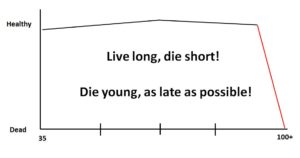

 Let’s ignore the “OK, Boomer” fad and actively engage and listen to these youngsters with an open mind and an understanding that we need them as much as they need us.
Let’s ignore the “OK, Boomer” fad and actively engage and listen to these youngsters with an open mind and an understanding that we need them as much as they need us.

 It’s discouraging, with our awareness of the devastating impact of the disease, that virtually no progress has been made in finding a cure or treatment, despite billions poured into research. It seems to be a classic case of trying to catch a racehorse after it has left the barn.
It’s discouraging, with our awareness of the devastating impact of the disease, that virtually no progress has been made in finding a cure or treatment, despite billions poured into research. It seems to be a classic case of trying to catch a racehorse after it has left the barn.



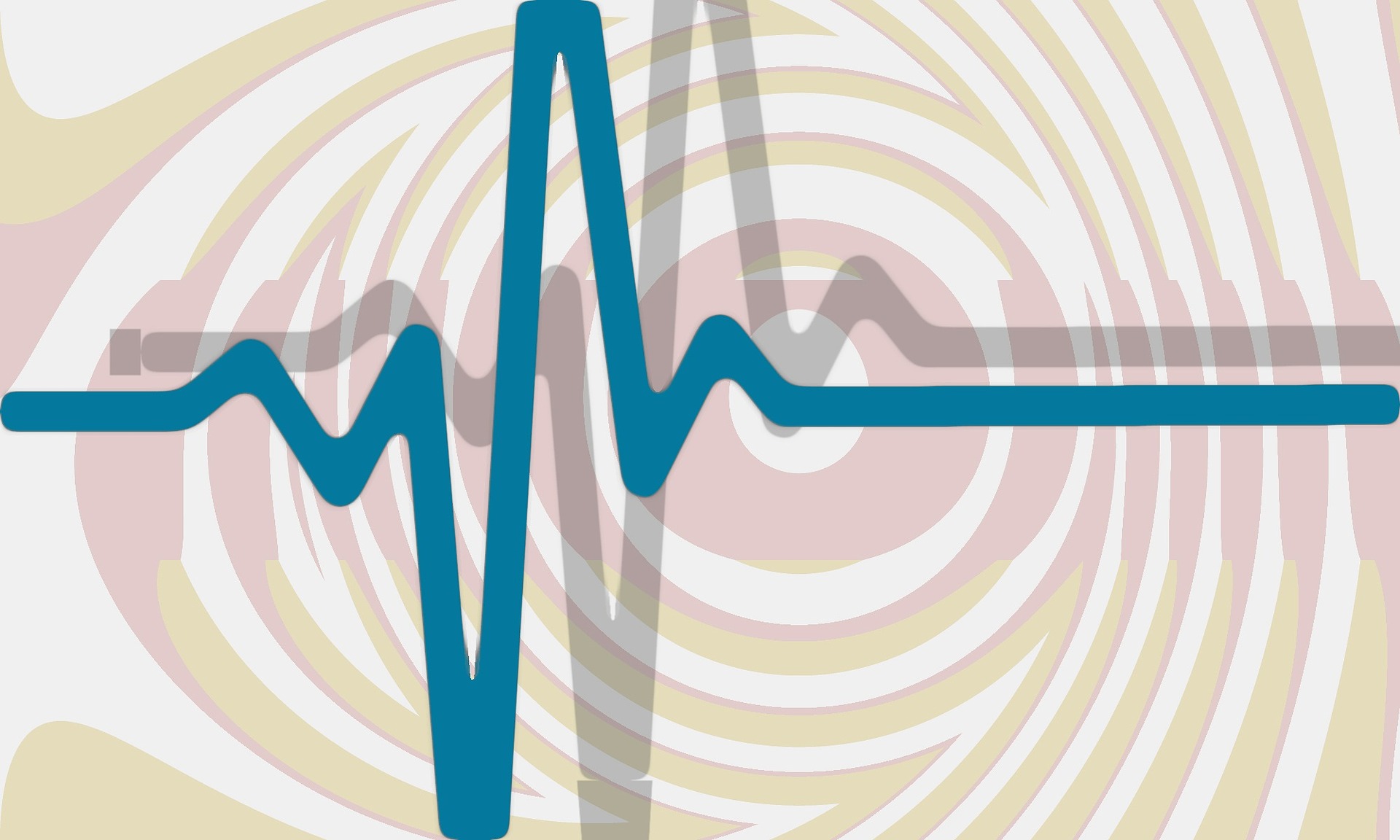
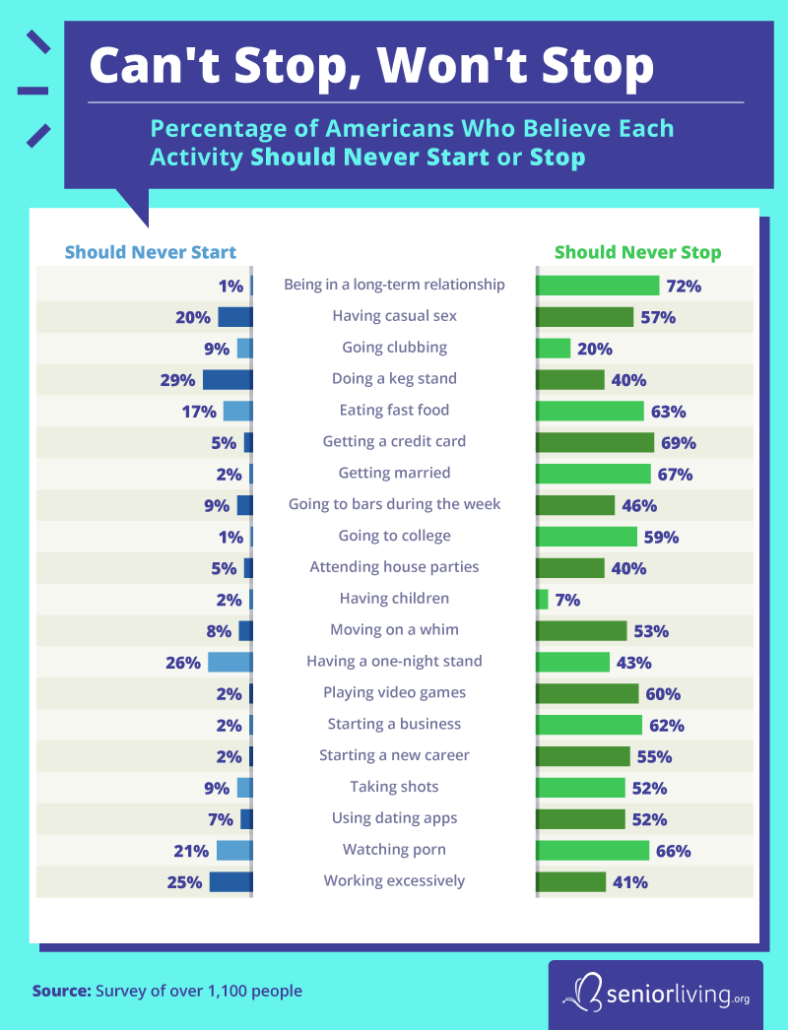
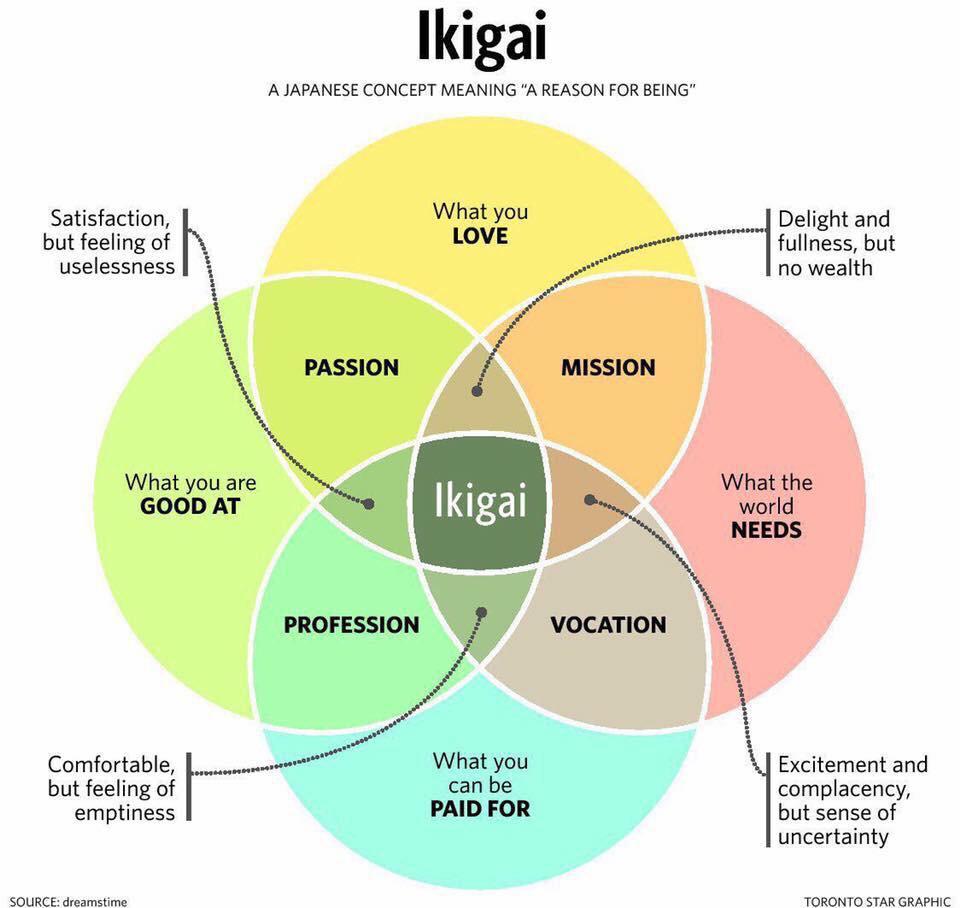

 One of the most vocal critics of our food system is physician Dr. Michael Greger of
One of the most vocal critics of our food system is physician Dr. Michael Greger of  The only way to increase the amount they get naturally is by getting our heart rate up.
The only way to increase the amount they get naturally is by getting our heart rate up. I hope you’ll take this seriously. None of us want to end up that stooped, shuffling old person. I get it – exercise, especially strength training, is inconvenient, usually painful starting out and you won’t feel like the in-crowd at the local fitness shop or rec center. But without the strength-training component, we face
I hope you’ll take this seriously. None of us want to end up that stooped, shuffling old person. I get it – exercise, especially strength training, is inconvenient, usually painful starting out and you won’t feel like the in-crowd at the local fitness shop or rec center. But without the strength-training component, we face 
 “In a world that is constantly changing, there is no one subject or set of subjects that will serve you for the foreseeable future, let alone for the rest of your life. The most important skill to acquire now is learning how to learn” John Naisbitt
“In a world that is constantly changing, there is no one subject or set of subjects that will serve you for the foreseeable future, let alone for the rest of your life. The most important skill to acquire now is learning how to learn” John Naisbitt
 But one thing is certain. Like anything else, if I don’t set the goal, I for sure won’t get there. So what if I miss it by 5 or 10 years? It beats buying into only living to the average U.S.male lifespan of 78.69 years. Especially when you are 77.5, which I am.
But one thing is certain. Like anything else, if I don’t set the goal, I for sure won’t get there. So what if I miss it by 5 or 10 years? It beats buying into only living to the average U.S.male lifespan of 78.69 years. Especially when you are 77.5, which I am.
 Culturally, we’ve been taught to wind down as we age, to come in for a landing after several decades of flying high. A mindset that suggests another take-off and moving into a future that could be bigger than a high-achieving past is foreign to us when, in fact, we are in an ideal position to make our future bigger. Maybe not in title; maybe not in money; maybe not in culturally-perceived prestige. But we can bring and pay forward our talents and acquired skills and experiences to serve others in transformational ways that exceeded what we did in our past.
Culturally, we’ve been taught to wind down as we age, to come in for a landing after several decades of flying high. A mindset that suggests another take-off and moving into a future that could be bigger than a high-achieving past is foreign to us when, in fact, we are in an ideal position to make our future bigger. Maybe not in title; maybe not in money; maybe not in culturally-perceived prestige. But we can bring and pay forward our talents and acquired skills and experiences to serve others in transformational ways that exceeded what we did in our past.



 So why am I sounding an alarm here?
So why am I sounding an alarm here? interact/interface/intertwine? Do you know the key biomarkers of your health and where yours are? How conscious are you of the insidious nature, positive and negative, of your current habits and the role they play in your long-term health? We exist inside of a 24×7 immune system of 35 trillion cells that are working hard to keep us healthy despite how we ignore and mistreat them. The knowledge to know how to provide them what they need to do their jobs has existed for a long time, but we give it up to complacency and convenience. That is, until a calamity hits.
interact/interface/intertwine? Do you know the key biomarkers of your health and where yours are? How conscious are you of the insidious nature, positive and negative, of your current habits and the role they play in your long-term health? We exist inside of a 24×7 immune system of 35 trillion cells that are working hard to keep us healthy despite how we ignore and mistreat them. The knowledge to know how to provide them what they need to do their jobs has existed for a long time, but we give it up to complacency and convenience. That is, until a calamity hits. P.S. You might get pushback from your doc. Here’s why: what you are asking of them doesn’t fit the corporate model that they have stepped into if they are part of a large health system or large consolidated practice. Expectations on the part of the system or practice are to see as many patients a day as possible. Follow the money. The more visits, the more insurance payouts. Someone like you with your questions and requests take time that your doc may want to take with you but be forced to avoid because of insurance restrictions and health system expectations. Plus a lot of what you will want to know and discuss doesn’t translate into the boxes in the electronic medical record that your doc has his nose in throughout your entire meeting. You are creating more “paperwork” for an already overburdened doc. It’s your health – don’t let all that get in the way.
P.S. You might get pushback from your doc. Here’s why: what you are asking of them doesn’t fit the corporate model that they have stepped into if they are part of a large health system or large consolidated practice. Expectations on the part of the system or practice are to see as many patients a day as possible. Follow the money. The more visits, the more insurance payouts. Someone like you with your questions and requests take time that your doc may want to take with you but be forced to avoid because of insurance restrictions and health system expectations. Plus a lot of what you will want to know and discuss doesn’t translate into the boxes in the electronic medical record that your doc has his nose in throughout your entire meeting. You are creating more “paperwork” for an already overburdened doc. It’s your health – don’t let all that get in the way.
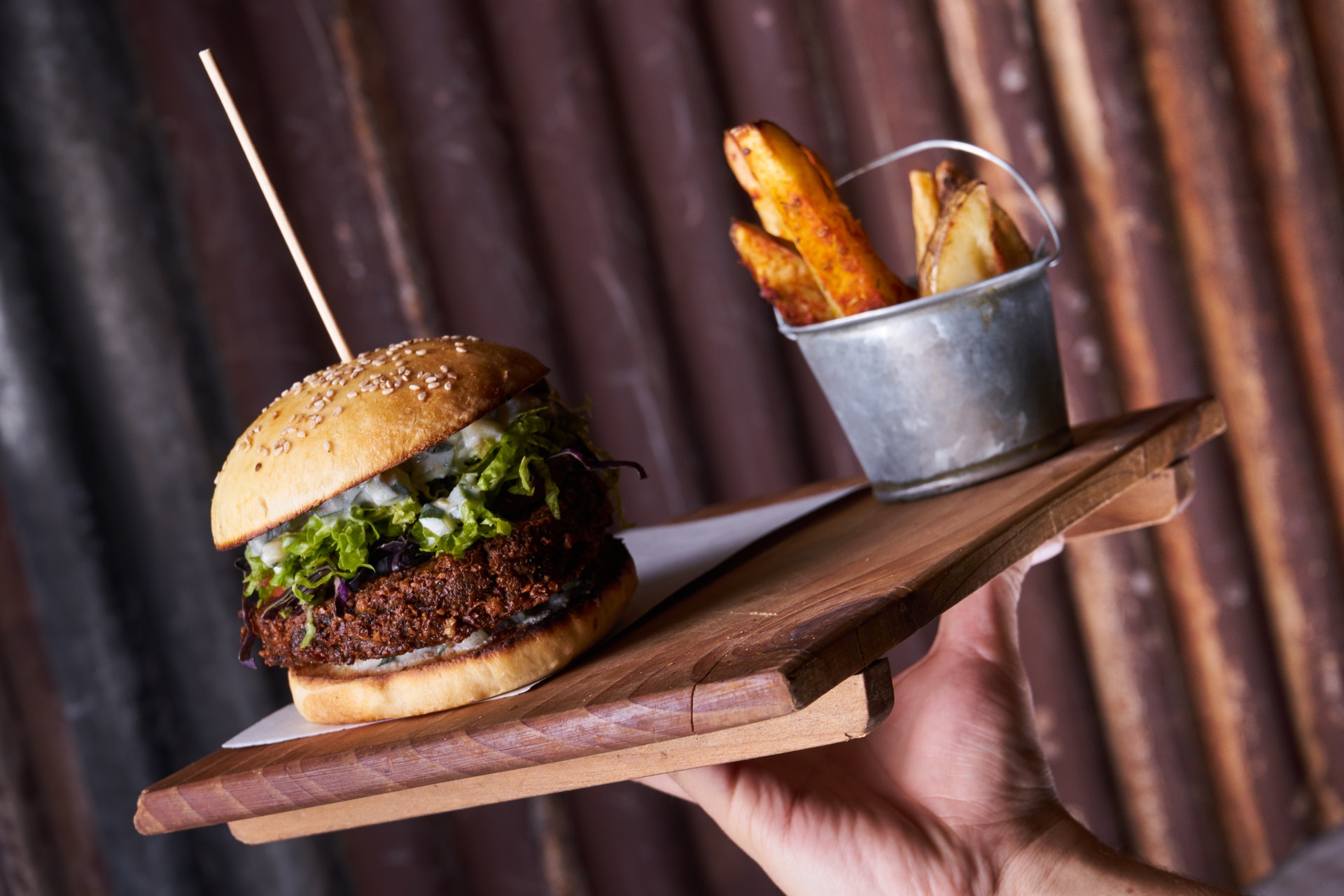

 Have any of them expressed concern or interest in the current destruction and burning of the lungs of our planet to graze more four-legged saturated-fat-factories?
Have any of them expressed concern or interest in the current destruction and burning of the lungs of our planet to graze more four-legged saturated-fat-factories?
